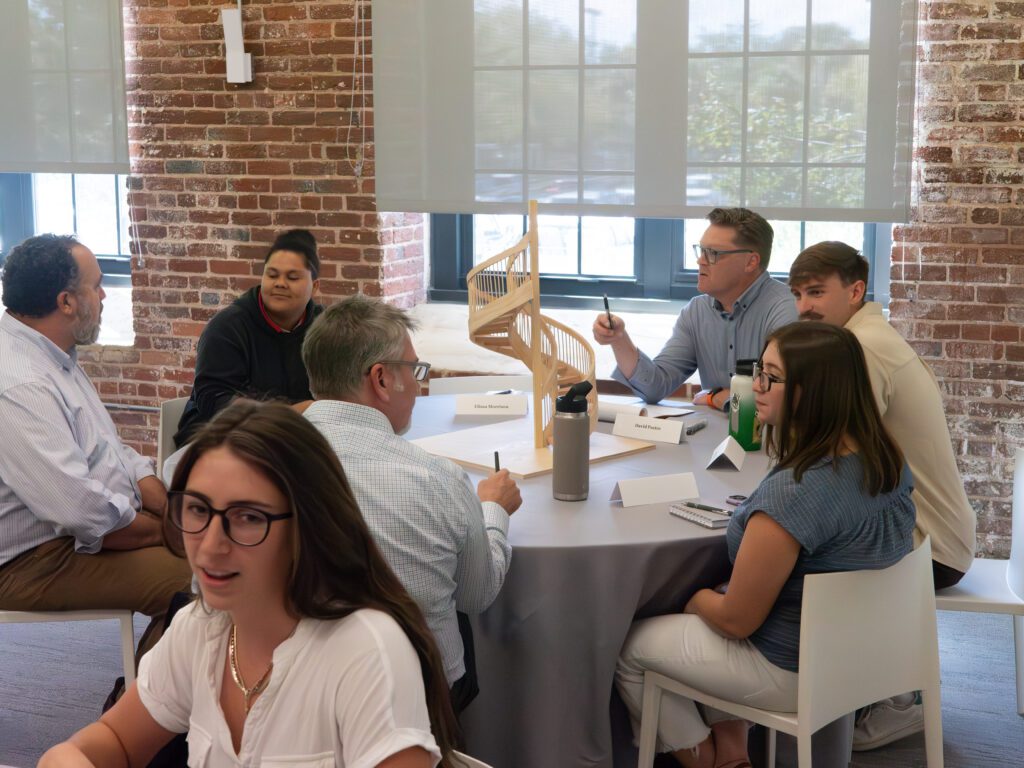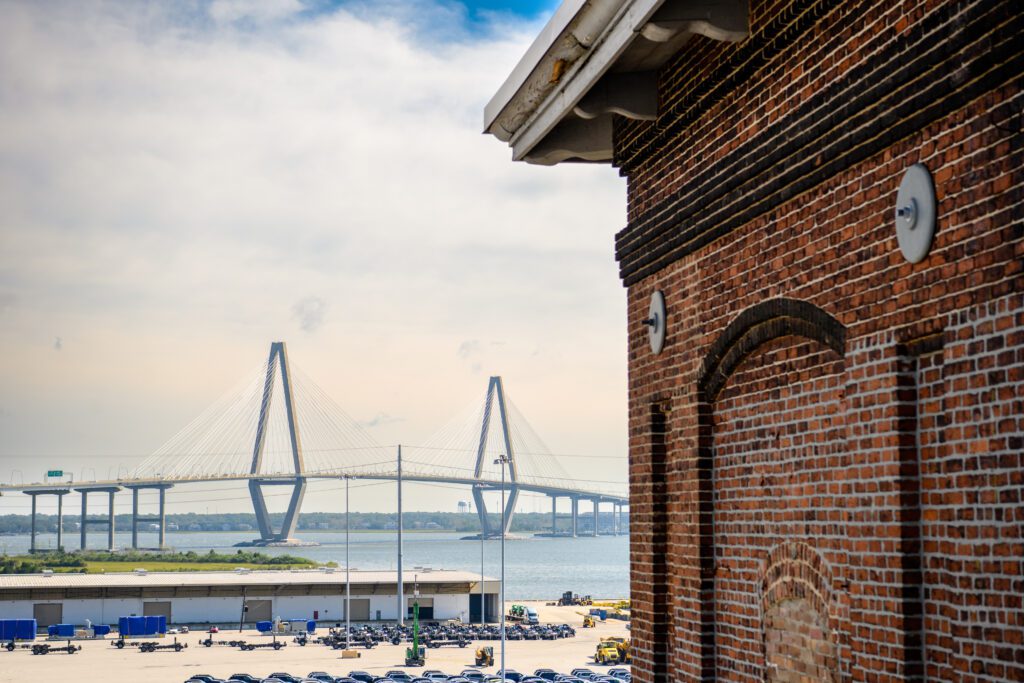
Clemson, SC
In 1988, the dean of the College of Architecture— future Clemson University President Emeritus Jim Barker — had a vision for students to learn in one of the finest urban landscapes in America: Charleston.
To lead the newly formed Clemson Architecture Center, Charleston (CAC.C.), he appointed Charleston native Ray Huff, who was one of dozens of former faculty and alumni of the School of Architecture who returned to the CAC.C this year to celebrate the center’s 35th anniversary. Joining Huff were former School of Architecture director Kate Schwennsen and current SoA director James C. Stevens, as well as former CAC.C director Rob Miller and current CAC.C director Bradford Watson, representing the line of leadership that has guided the center throughout its history.
“The CAC.C has evolved pedagogically to a program with an emphasis on community building that bridges the academy and practice,” Huff said.
Since its founding, the center has educated more than 1,000 students in one of North America’s most historic and architecturally distinctive cities. A tangible result of CAC.C’s approach to teaching is its Architecture + CommunityBUILD program, which challenges students to design and construct a project each year that adds value to South Carolina communities. Clemson students have now added more than 20 CommunityBUILD projects to the Charleston area landscape, the largest of which they completed last year.
“The extraordinary reciprocity of student learning and community service is the hallmark of this program,” Huff noted.
Sketching the future
To celebrate the 35th anniversary, Watson invited former faculty, alumni, students and members of the Charleston architecture community to discuss what the future could hold for the center.
“As we reflect on 35 years of Clemson students engaged in the richness and complexity of Charleston, we also look forward to building on the successes and relationships that inform our pedagogy,” Watson said.
The conversation ranged from what the center’s role should be in the community to how it can help the University fulfill its land grant mission of service to South Carolina to what the future holds for the discipline of architecture as a whole.

Todd Richardson, a School of Architecture alumnus and co-founder of the Synchronicity Land + Architecture design firm in Charleston, participated in the discussion, and he expressed the value that the center provides to aspiring designers.
“Being a working city, students are at the confluence of tourism, historic preservation, adaptive reuse and infill development,” Richardson explained. “Their urban design projects tackle the needs of growth by learning the critical balancing act of redevelopment in making provisions for affordable housing, regional transit, and environmental resilience. This is all happening within a remarkable historical context.”
Richardson’s own interaction with the center points to its ongoing evolution over the past three-and-a-half decades. When he was a landscape architecture major at Clemson, the center did not teach landscape architecture; now he is a mentor to aspiring landscape architects there. The CAC.C is also now a part of the larger Clemson Design Center, Charleston (CDC.C), which also houses the School of Architecture’s graduate programs in Historic Preservation and Resilient Urban Design in the historic Cigar Factory on East Bay Street. While the center has changed locations and added programs continually throughout its history, it has maintained a consistency in its connection to the Holy City.
“At its core, the CAC.C is framed around the city as a learning lab for students to contribute to the conversation and built environment for the future of Charleston,” Watson said.
Unique strengths
The CAC.C was the second of three locations to be included in the School of Architecture’s Fluid Campus® system, following the Charles E. Daniel Center for Building Research and Urban Studies in Genoa, Italy.
While the campuses in Genoa and Barcelona offer students the opportunity to experience the wonders of Europe, studying in Charleston opens up more practical advantages to students in the form of career opportunities and truly experiential learning.
“Students are assigned mentors, track hours, and monitor performance. Charleston is the only Fluid Campus location to offer this benefit,” said Richardson. “This early exposure to the professional working world gives students a clear advantage amongst their peers that helps shape their careers before they even graduate.”
At the close of the 35th anniversary celebration, participants were invited to respond to a survey about what words best described the future of the CAC.C. Words that rose to the top included “thought leader,” “engagement,” “community,” and “integration,” each term to define the future flowing seamlessly from a successful past.
“Our guiding aspiration is to be an inclusive partner, collaborator, and facilitator through community engagement, upholding the Land Grant mission of improving communities,” Watson said.

No Comments
Block this user
Are you sure you want to block this user and hide all related comments throughout the site?
Archinect
This is your first comment on Archinect. Your comment will be visible once approved.